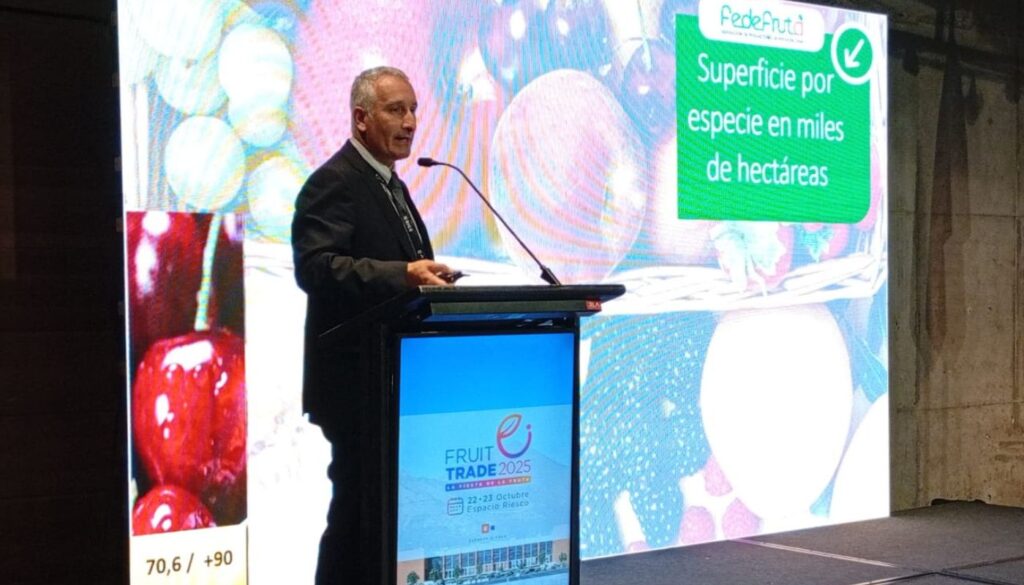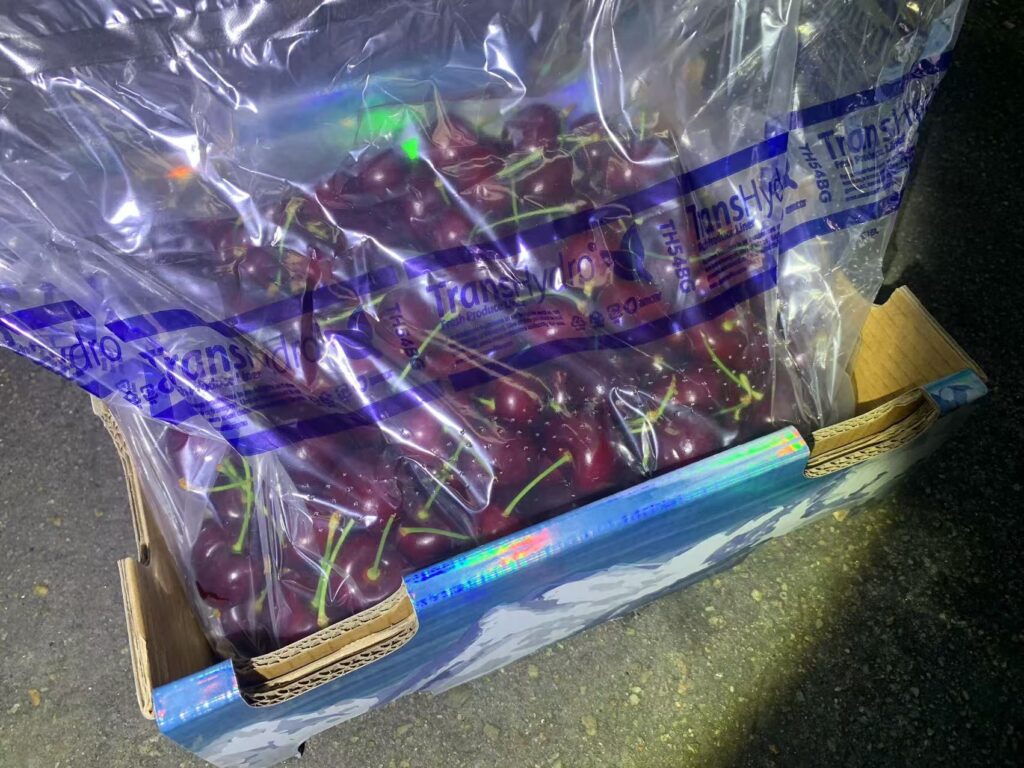Changes in restrictions have expedited the movement of people, as well as the logistics of fruit in ports and wholesale markets.
Good news for the cherry industry is coming from China. After two years of strict measures imposed in the Asian country due to the pandemic, last Wednesday, and after an initial announcement of changes in the protocols, the Chinese authorities announced new measures regarding Covid-19.
- Asymptomatic patients and mild cases can be quarantined at home, but at the same time, their health monitoring is strengthened, and they can be transferred to designated hospitals for timely treatment if their condition worsens.
- People will no longer be required to show a green health code on their phone to enter buildings and public spaces, except for “nursing homes, medical institutions, kindergartens, middle schools and high schools.”
- People travelling between provinces will no longer require a negative PCR test taken within 48 hours, nor will they have to take a test upon arrival.
- High-risk areas will be precisely defined by building, unit, floor and household, and should not be arbitrarily expanded to entire residential complexes and communities.
- Implementation of 'rapid lockdowns and rapid releases': High-risk areas will be released 'after five consecutive days of no new cases.
- Access to medicines is guaranteed through the normal operation of pharmacies, which cannot be closed at will.
- Vaccination of the elderly. Efforts will be made to improve vaccination rates in older age groups.
- Strengthening the health status of key groups.
- The normal operation of businesses in low-risk areas and medical services will be guaranteed.
- Security measures taken as a result of COVID outbreaks are being strengthened. For example, blocking emergency exits, entrances to community buildings, etc. is prohibited.
The following image is revealing of the major changes in China, as it shows a couple of officials removing the QR codes that allow the health form required to enter public places to be displayed.
These measures have had a major impact on movement within the country. A couple of weeks ago, images from Guangdong province showed a panorama like the following:
Fountain: https://mp.weixin.qq.com/s/wRUzgxan8Kq1rJv-uAiHSw
Following the announcements, significant increases in traffic have been seen and, therefore, road logistics have been facilitated. This is evident by observing the evolution of the index. Gaode, which reflects travel delays to different places within China. For most of the Asian country, this index has already returned to normal, however, there are cities such as Beijing where the effects of the removal of restrictions have shown some lag, as clearly shown in the following graph:

This table shows the evolution of the Gaode Index for the past week in Beijing and the projections for the next week. Under normal travel conditions (no traffic), the index should be at 1.0, and any number above this means that traffic is making trips take longer. For example, a value of 1.5 means that the same trip takes 50% longer due to traffic conditions, a value of 2.0 means 100% longer. Clearly the projections for Beijing show a significant increase in traffic.

The new measures have also affected logistics at ports. Linda Lin, Senior Commercial Manager of Yantian Port in Shenzhen, said that there has not yet been an official announcement on new COVID-19 control measures for cargo imports, but her impression is that the processes are considerably less strict. Regarding the movement of people in port facilities, only a green health code is required. There are no further restrictions.
Meanwhile, John Guan from the Commercial Department of Shekou Port in Shenzhen told our correspondents in China that COVID-19 policies have changed suddenly and in many aspects. The port is in a state of waiting for more clear instructions.
So far, they have new information on customs clearance for importing refrigerated containers, for which the disinfection rate at the terminal has recently decreased and nucleic acid testing on cargo tends to be cancelled. They believe that this will help speed up import operations for both terminal and cargo owners.









